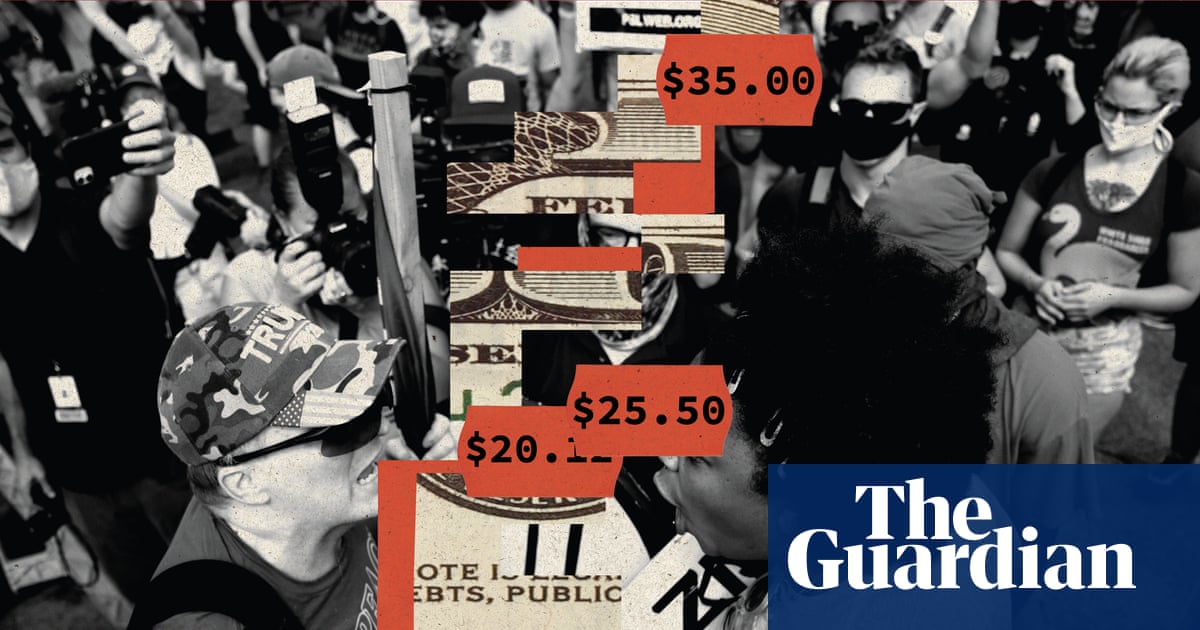Donald Trump’s 2024 re-election campaign centered on two major themes: economic discontent stemming from inflation that reached 9% annually in mid-2022, and cultural anxieties tied to demographic change. While inflation had dropped to 2.7% by election day, many voters still perceived economic hardship, reinforcing the belief that Trump could better manage financial conditions. However, once in office, his administration prioritized aggressive immigration enforcement and dismantling diversity initiatives, diverting attention from economic relief. This shift alienated some supporters, contributing to electoral setbacks in key states. n nSince his initial presidential bid in 2016, Trump has positioned himself as a defender of a white working class feeling marginalized by societal transformation. That year, he vilified Mexican migrants; in 2020, he warned suburban voters about urban crime; and in 2024, he pledged mass deportations and removal of critical race theory from schools. His rhetoric aligns with a worldview shaped by a nation that was 10% non-white at his birth, compared to nearly 40% today. n nScholarly research supports the idea that racial divisions influence policy preferences. Studies by economists Alesina, Glaeser, and Sacerdote suggest that ethnic fragmentation helps explain why the U.S. lacks the expansive welfare systems seen in more homogeneous European nations. Historical decisions, such as FDR excluding Black workers from early New Deal benefits to appease Southern lawmakers, reflect this dynamic. President Johnson famously predicted the Democratic Party would lose the South after civil rights legislation—a forecast that now underpins today’s political landscape. n nUnder Trump’s direction, federal actions have intensified scrutiny on immigration, including deploying the National Guard to cities governed by Democrats and using forceful tactics at the border. Federal agencies have been directed to eliminate diversity, equity, and inclusion (DEI) efforts, framed as correcting unfair advantages. Urban centers, often ethnically diverse, are depicted as chaotic and unsafe. n nMeanwhile, economic policies have exacerbated hardship. Tariffs on imports have increased consumer prices and weakened job growth. Terminating Affordable Care Act subsidies threatens health coverage for millions. Ending SNAP food benefits during a government shutdown deepened poverty. Consumer sentiment, as measured by the University of Michigan, has plummeted to near historic lows, with widespread dissatisfaction beyond affluent investors benefiting from tech stocks. Trump’s approval ratings have declined sharply, particularly over inflation and employment. n nRecent elections delivered losses for Republicans, with Democrats winning mayoral and gubernatorial races in New York City, Virginia, and New Jersey. A redistricting plan in California could cost GOP representatives five House seats. Gains extended into traditionally conservative areas, including parts of Mississippi, Georgia, and Pennsylvania. Trump blamed the losses on the government shutdown and absence of his name on ballots, yet has taken steps to recalibrate—reducing some tariffs to lower food prices, proposing a controversial 50-year mortgage to ease housing costs, and floating a $2,000 tax rebate funded by existing tariff revenue. n nDespite these adjustments, voters experiencing stagnant wages and high living costs may remain skeptical. Democrats are likely to emphasize Trump’s claim that “we have no inflation,” a statement at odds with everyday realities, as they campaign to regain control of the House in upcoming midterms.
